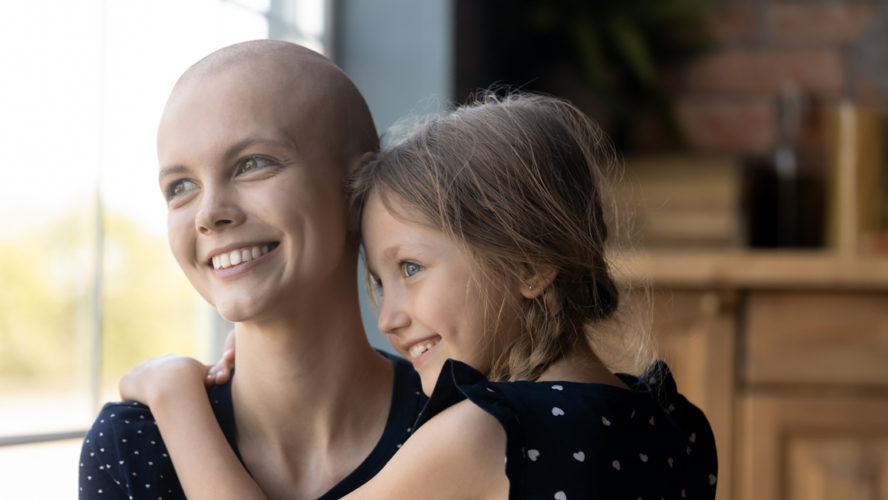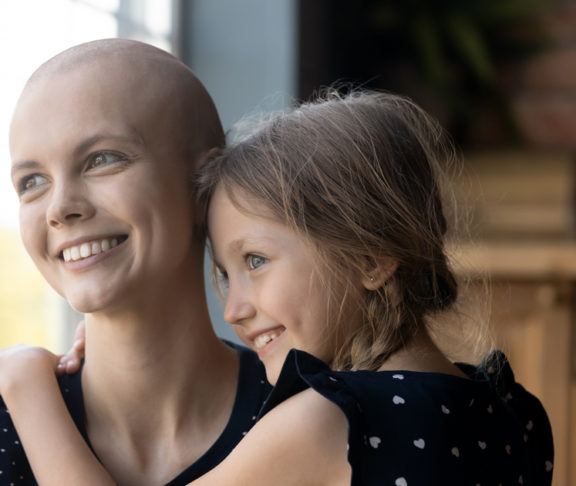
Anju Bhalla
Head of Oncology and Haematology, Sanofi
Combination treatments are having an impact in the fight against cancer, but what are they, how do they work and what is to come?
Combination treatments combine two or more treatments for cancer.2 The concept was first introduced in 1965 when combination chemotherapy was used in paediatric patients with acute leukaemia.2 Since then, we have seen a proliferation of different combinations to treat all forms of cancer.3
Why do we use combinations?
They offer value in:
- Fighting drug resistance – Combining treatments reduces the chances of cancer escaping the effects of treatment or building up its defences over time, therefore improving treatment effectiveness.2
- Improving responses at the first attempt – Everyone’s cancer is different and therefore reacts differently to a treatment. Combining multiple treatments increases their likelihood to respond to it from the get-go.4
- Increasing the magnitude of benefit – Certain medicines, when used together, have the potential to increase the overall treatment benefit (although toxicities sometimes also increase) with the action of one improving the effectiveness of the other and vice versa.1
Everyone’s cancer is different and therefore reacts differently to a treatment.
At the forefront of cancer treatment
We’re only scratching the surface of what’s possible with combination treatments. As advances in research and technology are fuelling our understanding of cancer, we’re able to design new medicines which attack tumours in novel ways and then try them in different combinations to maximise their impact:
- Scientists at The Institute of Cancer Research, London, are researching an artificial intelligence test that can predict which drug combinations are likely to work for a patient in as little as 24 to 48 hours.5
- Immunotherapies recruit the body’s immune system to fight cancer. However, many cancers, termed ‘cold’ tumours, are immunosuppressive and don’t trigger an immune response. Researchers are investigating new combinations of immunotherapies with molecules that can turn them into ‘hot’ tumours to create long-lasting effects.6
Driving innovation to confront cancer
The UK Life Sciences Vision sets out the Government’s ambition for the UK to become the world leader in the discovery, development and launch of new treatments. To make it a reality in cancer, we must continue to evolve our healthcare system so that innovation thrives and patients can benefit, with combination treatments firmly at the heart of what’s to come…
For further information, visit: Sanofi.co.uk
Job code: MAT-XU-2202950 | Date of prep: August 2022
[1] Mokhtari, R., et al., 2017. Oncotarget, 8(23), pp.38022-38043.
[2] Ayoub, N., 2021.Frontiers in Oncology, 11.
[3] Tan, A., et al., 2021. Journal for ImmunoTherapy of Cancer, 9(7), p.e002459.
[4] Palmer, A. and Sorger, P., 2017. Cell, 171(7), pp.1678-1691.e13.
[5] Icr.ac.uk. 2022. https://bit.ly/3cwfiLX
[6] Kokolus, K., 2022. Labroots. https://bit.ly/3PIUZJZ




